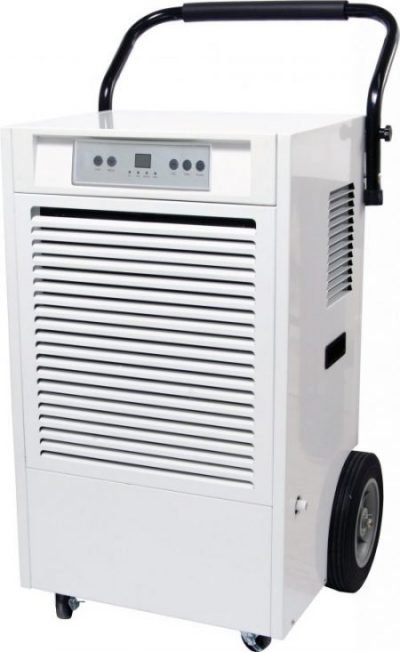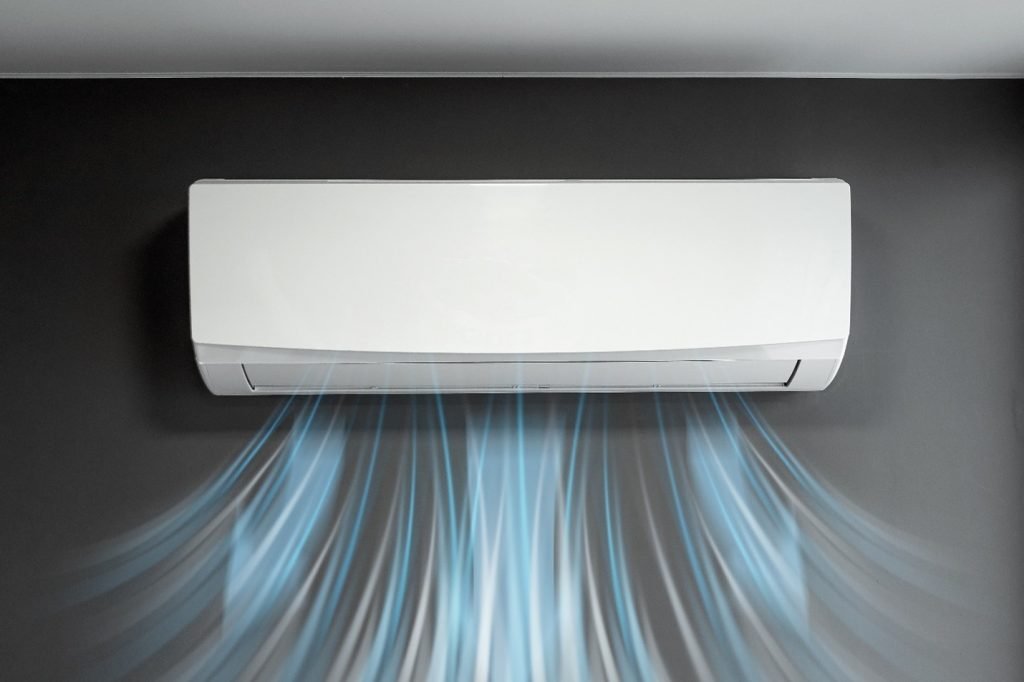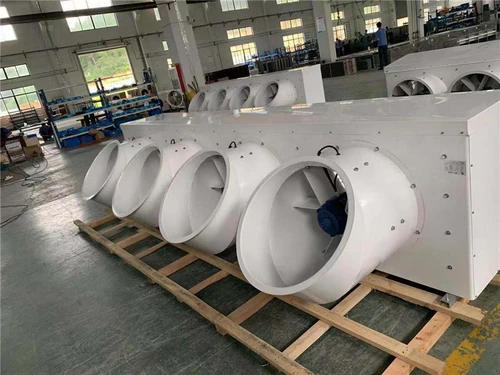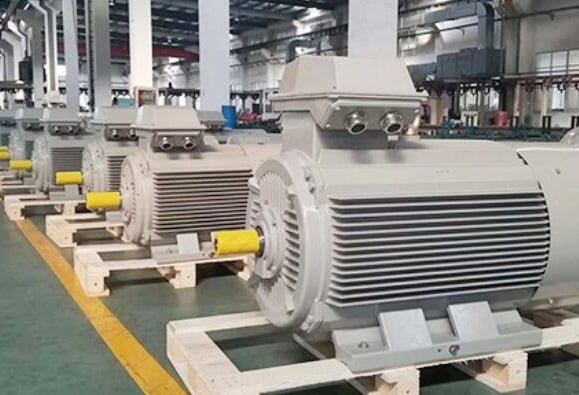Cold room is a vital component for many industries such as food, pharmaceuticals, medical facilities, and also an essential part of many businesses, including restaurants, supermarkets, and precision electronics.
They help to keep perishable goods fresh, ensuring that they remain safe for consumption or use. However, the effectiveness of a cold room largely depends on its temperature. If the temperature is too high or too low, it can result in spoilage, waste, and potential health hazards.
Therefore, it is crucial to maintain the optimal cold room temperature. In this guide, we will cover everything you need to know about cold room temperature.
What is Cold Room?
A cold room is an enclosed space designed to maintain a specific temperature range for storing perishable products such as food, vaccines, pharmaceuticals, etc. It is a refrigerated storage unit with insulated walls, floors, and ceilings that provide temperature stability.

What is the Optimal Cold Room Temperature?
The optimal cold room temperature largely depends on the type of product being stored. Here are some general guidelines:
Fresh products: 32~40°F (0~4°C)
Meat and poultry: 28~32°F (-2~0°C)
Frozen foods: <0°F (-18°C)
Vaccines and medications: 35~46°F (2~8°C)
Why is the Right Cold Room Temperature Important?
Maintaining the right cold room temperature is critical for several reasons:
Ensure Food Safety
Cold rooms are primarily used to store perishable items, including food. If the temperature is too high, bacteria can grow rapidly, leading to food spoilage and potential health risks.
Reduce Waste
When the temperature is too high or too low, it can cause food to spoil quickly, resulting in waste and financial losses.
Comply with Regulations
The FDA and other regulatory bodies have set guidelines for cold room temperatures, which businesses must adhere to.
Energy Efficiency
Maintaining the right temperature can also help save energy and reduce costs.
Product Quality
The correct temperature range will help to ensure the products maintain their quality, taste, and nutritional value.
Maintain Optimal Cold Room Temperature Ways
Regular Temperature Monitoring
Regularly monitoring the temperature of your cold room is essential. This can be done using a thermometer or an automated monitoring system that alerts you when the temperature goes above or below the set range.
Cold Room Temperature Monitoring Ways
There are various ways for monitoring the temperature in a cold room, and choosing the right way depends on several factors, including the size of the room, the type of product stored, and regulatory requirements. Here are some common ways of cold room temperature monitoring:
1). Manual Temperature Monitoring
Using a thermometer or a temperature log to check the cold room temperature.
This way is inexpensive and straightforward, but it requires constant monitoring by trained personnel, which can be time-consuming and prone to human error.

Cold Room Thermometer
2). Automated Temperature Monitoring
Using sensors and data loggers to monitor the cold room temperature continuously.
The sensors and data loggers can be connected to a monitoring system that alerts the staff when the temperature deviates from the optimal range. This way is more reliable and efficient than manual monitoring, and it can save time and reduce the risk of human error.
3). Wireless Temperature Monitoring
Using wireless sensors and a monitoring system to monitor the cold room temperature.
Wireless sensors can be placed in different locations inside the cold room, and the data can be accessed remotely using a computer or a mobile device. This way is convenient and allows for real-time monitoring, which can help identify temperature deviations quickly.
HERE ARE some best practices for effective cold room temperature monitoring:
1). Define Temperature Ranges and Limits
You can obtain this information from product specifications or regulatory requirements. Once the temperature range and limits are defined, the monitoring system can be set up to alert the staff when the temperature deviates from the optimal range.
2). Calibrate Sensors and Data Loggers
Sensors and data loggers should be calibrated regularly to ensure accurate temperature readings. Calibration involves comparing the readings of the sensors and data loggers with a calibrated thermometer to ensure they are within an acceptable range.
3). Conduct Regular Maintenance Checks
Regular maintenance checks should be conducted on the monitoring system, sensors, and data loggers to ensure they are working correctly. Any malfunctioning equipment should be repaired or replaced immediately to prevent temperature deviations.
Choosing the right way depends on several factors, and best practices should be followed to ensure accurate and reliable temperature monitoring.
Proper Insulation
Insulation plays a crucial role in maintaining the right temperature in your cold room. Make sure your cold room is properly insulated, including the walls, ceiling, and floor.
HERE ARE some steps you can take to ensure proper insulation:
1). Assess the current insulation
First, assess the current insulation in your cold room. Check for any signs of wear and tear, gaps, or damage. Inspect the walls, floors, and ceiling.
2). Choose the right insulation material
Select the appropriate insulation material based on the temperature requirements of your products and the local climate. Common materials include: polyurethane, polystyrene, fiberglass, and rock wool.

Polyurethane (PU) Panel
3). Install insulation
Insulate the walls, floors, and ceiling of the cold room with the chosen material. Ensure that the insulation is installed properly and covers all areas of the cold room.
4). Seal gaps and cracks
Seal any gaps or cracks in the insulation with caulk or foam sealant. This prevents heat transfer from the outside environment and maintains the desired temperature range.
5). Install weather stripping
Install weather stripping around the doors and windows of the cold room to prevent warm air from entering and cold air from escaping.
6). Regularly maintain insulation
Regularly maintain the insulation by cleaning the insulation surfaces, checking for any damage or gaps, and repairing or replacing as necessary.
Regular Maintenance
Regularly maintaining your cold room is essential to ensure it continues to function optimally. This includes cleaning the coils and fans, checking for leaks, and replacing any faulty parts.
Proper Loading
Proper loading of the cold room is essential to ensure that air circulates correctly and the temperature remains consistent. Overloading or blocking the airflow can lead to hot spots and temperature fluctuations.

Keep Door Closed
Ensure that doors to the cold room are kept closed as much as possible to prevent warm air from entering and cold air from escaping.
Use Temperature Alarm
Use temperature alarms that alert you when the temperature in the cold room goes outside the desired range. This allows you to take action quickly and prevent damage to stored products.
Proper Lighting
Use proper lighting in the cold room, as excessive heat from lighting can affect the temperature. Use energy-efficient LED lighting that produces minimal heat.
Proper Shelving
Use shelving in the cold room that allows for proper circulation of cold air. Avoid overcrowding shelves, which can block airflow and cause temperature fluctuations.
Proper Humidity Level
Monitor humidity levels in the cold room, as high humidity can lead to condensation and damage to stored products. Use a Dehumidifier if necessary to maintain proper humidity levels.

Commercial Dehumidifier
Optimize Airflow
Optimize airflow in the cold room by arranging products in a way that allows for proper circulation of cold air. This can help to maintain a consistent temperature throughout the room.
Proper Packaging
Use proper packaging for products stored in the cold room, such as insulated containers or packaging with thermal insulation. This can help to maintain the desired temperature and protect the products from damage.
Best Practices for Maintaining Optimal Cold Room Temperature
Use Energy-efficient Equipment
Investing an energy-efficient equipment can help reduce energy costs and keep your cold room at the right temperature. This includes using LED lighting, efficient compressors, and high-quality insulation.

Copeland Compressor
Train Staff
Properly training your staff on the importance of maintaining the right temperature and how to do so is essential. This includes teaching them how to load the cold room properly, how to monitor the temperature, and how to report any issues.
Backup Plan
Power outages or equipment failures can happen, which can affect the temperature in your cold room. Having a backup plan, such as a backup generator or a plan to transfer items to another location, can help minimize the impact.
Conclusion
Maintaining the correct cold room temperature is vital to ensure product quality, prevent spoilage, and comply with regulations.
It requires regular monitoring, proper insulation, maintenance, and loading. Investing the energy-efficient equipment, staff training, and having a backup plan are essential best practices in cold room temperature maintenance. Following these guidelines will help ensure that your products remain fresh and of high quality.
Any comments?
Welcome leave a message or repost.









